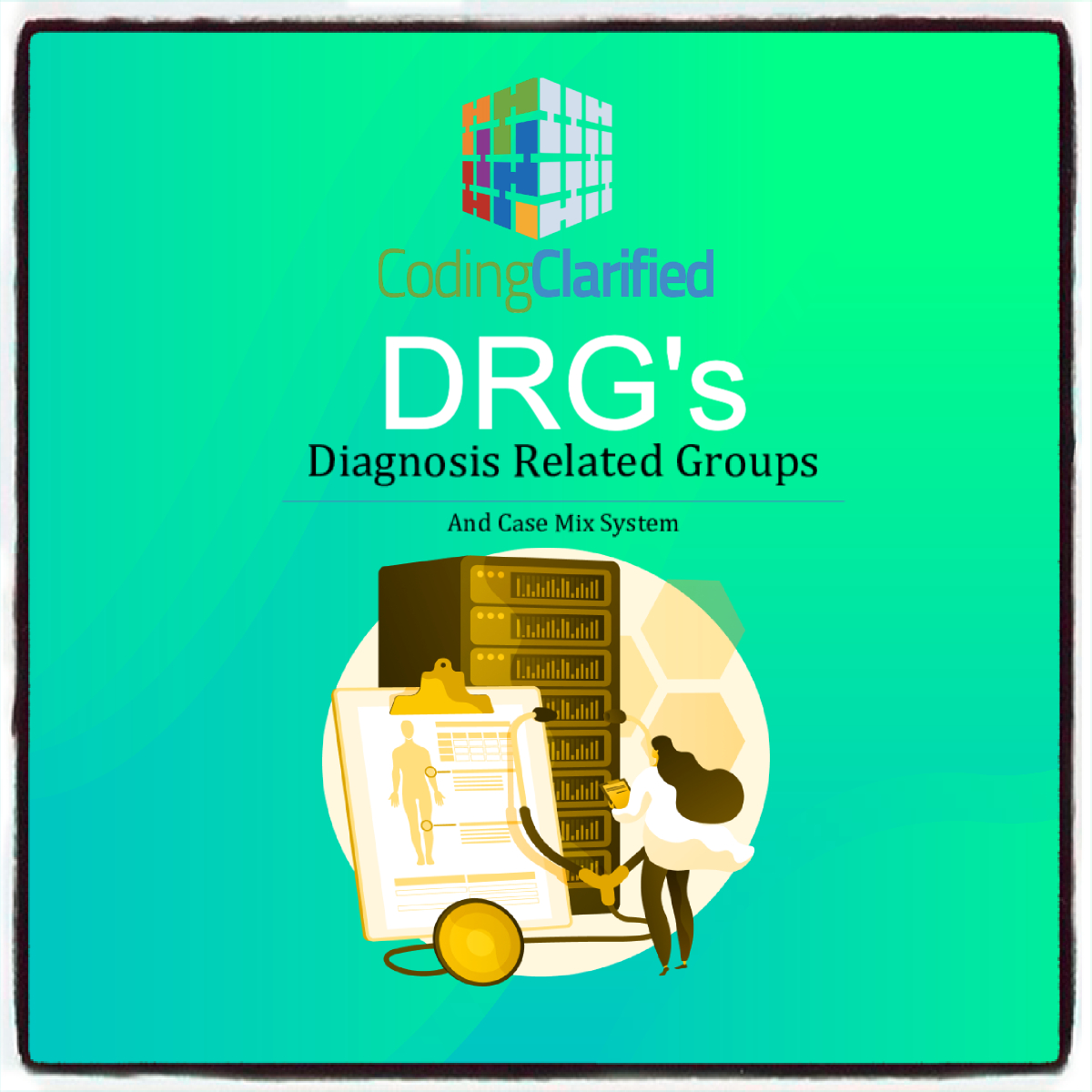Understanding DRGs in Medical Coding
What is a DRG?
A Diagnosis-Related Group (DRG) is a system used to classify hospital cases into groups that are expected to have similar hospital resource use. DRGs are primarily utilized in the United States for Medicare and Medicaid reimbursement but have been adopted by various healthcare systems globally. The system is designed to ensure that hospitals are compensated for the complexity and intensity of the services they provide.
Outliers
In the context of DRGs, outliers are cases that significantly deviate from the standard DRG payment structure due to unusually high costs or extended lengths of stay. Outlier payments are intended to protect hospitals from financial losses on these complex cases. For example, if a patient requires a longer hospital stay or more expensive treatments than typical for their DRG, the hospital may receive additional compensation to cover those extra costs.
Groupers
Groupers are software tools used to assign a DRG to a patient’s hospital stay based on specific data input. This includes the principal diagnosis, secondary diagnoses, procedures performed, and patient demographics. Groupers analyze this information against the DRG classification system to determine the appropriate DRG assignment, ensuring standardized coding and reimbursement processes.
Steps to Determine DRG
- Data Collection: Gather all relevant patient data, including the principal diagnosis, secondary diagnoses, and any procedures performed during the hospital stay.
- Coding: Use the International Classification of Diseases (ICD) coding system to accurately code diagnoses and procedures. This is crucial for correct DRG assignment.
- Input Data into Grouper: Enter the coded data into the grouper software. The grouper will analyze the information against its database.
- DRG Assignment: The grouper assigns a DRG based on the information provided. This assignment includes the primary DRG and any applicable outlier status.
- Review: Verify the assigned DRG for accuracy, ensuring that all data was correctly entered and coded.
- Documentation: Maintain thorough documentation of the coding process, decisions made, and the rationale for the assigned DRG.
DRG Assignment Process
The DRG assignment process involves several components:
- Principal Diagnosis: The main reason for the patient’s hospital stay. This diagnosis drives the DRG assignment.
- Secondary Diagnoses: Additional conditions that affect patient management or treatment. These can impact the DRG and potential outlier status.
- Procedures: Any surgeries or other significant procedures performed during the stay. They can influence the DRG category.
- Comorbidities and Complications: These factors can elevate the DRG assignment if they increase resource use or complexity.
- Patient Demographics: Age, sex, and other demographic factors may also influence the DRG assignment.
Once the DRG is assigned, it is essential for healthcare providers to regularly review their coding practices, ensuring accuracy and compliance with regulations. Incorrect coding can lead to significant financial repercussions for healthcare facilities, including underpayments or audits.
Understanding DRGs, outliers, groupers, and the assignment process is vital for accurate medical coding and reimbursement. By following a structured approach to coding and documentation, healthcare providers can navigate the complexities of DRG systems effectively, ensuring fair compensation for the services they provide. Proper DRG assignment not only affects financial outcomes but also reflects the quality of care delivered to patients.

